PhD Students
2017 Severo Ochoa PhD Students
|
In 2015, I obtained my Bachelor's in Physics at the University of Granada. After, I started a Master in Astrophysics at the University of Heidelberg, Germany, where my focus of research shifted toward exoplanet discovery under the supervision of Prof. Andreas Quirrenbach at the Landessternwarte. Currently, I am a "la Caixa" INPhINIT Fellow at the Instituto de Astrofísica de Canarias in Tenerife, aiming to discover Earth-like planets around low mass stars under the supervision of Prof. Enric Pallé and Dr. Grzegorz Nowak. The goal of my thesis is to find and study the best planet candidates for atmospheric characterization using upcoming facilities based on the synergy between space-based transit searches around bright stars (like Kepler, K2, and TESS) and ground-based high-resolution spectrographs (such as CARMENES or HARPS).
|
|
|
I studied the Bachelor’s Degree in Physics at the University of La Laguna (ULL) doing my final project in the field of Cosmology, supervised by Prof. Evencio Mediavilla (IAC). Just after that, I enrolled in the Master's Degree in Astrophysics, also taught at the same university, finishing with a master's degree project in the field of High Energy Physics and Astroparticles and it was supervised by Dr. Josefa Becerra (IAC). Then I was able to start with the PhD program and now my doctoral thesis is directed by Prof. Evencio Mediavilla. The main goal of the project is to use the transverse peculiar velocities of lens galaxies to test cosmological models (in particular, to discuss dark energy models that predict measurable differences in the evolution of the growth rate with cosmic time). The basic idea is that the variability induced by the microlensing effect (microlensing) in quasars can be used to measure the peculiar transverse velocity of lens galaxies over a wide range of redshifts. The second objective will be to define the best observables (average values, PDF, sampling of redshifts, etc.) related to the peculiar velocities in order to constrain the cosmological models. All the methodology developed will finally be applied to the Gaia data and will be used to prepare the best strategy to analyze the LSST results.
|
|
|
After I got my BSc in Physics by the University of Oviedo, I worked for a time in a multinational company of medical devices of cardiology in the field of Biomedical Engineering. Then, I realized that, since my childhood, my passion was to be an Astrophysicist. For that reason, I came to Tenerife to pursue a MSc in Astrophysics at the University of La Laguna, finally obtaining a great opportunity to work as PhD student at the IAC. My PhD project, directed by Savita Mathur and Rafael García, is based on the synergy between two growing branches of astrophysics, Asteroseismology and the field of Exoplanets. Using the light curves obtained by satellites such as Kepler, K2 and TESS, I will apply the new techniques of Asteroseismology to study the oscillations and vibration modes that occur inside the stars (from main sequence to red giants) in order to characterize them (mass, radius, age) with the best possible precision. With this information we can better know the stars hosting planets, which is crucial to accurately calculate both the size of them and their habitability zones, etc. The results of my work will be of great value to study correlations between the parameters obtained, improve seismic relationships to derive the stellar fundamental parameters and, from a more statistical point of view, to better understand how are the planetary systems in our galaxy.
|
|
|
I started my studies at Santiago de Compostela with a Degree in Physics, and after studying for half a year at the University of La Laguna thanks to the SICUE exchange program, I decided to study the Master in Astrophysics at this same university. I am currently doing my PhD at the Instituto de Astrofísica de Canarias (IAC) under the supervision of Dr. Jose Acosta Pulido and Dra. Josefa Becerra González. The objective of this thesis is the optical and infrarred study of blazars (Active Galactic Nuclei, AGNs), in order to analyze the variabilty of these violent objects, which can help to model and understand the physical processes involved. Since these sources are also emitting gamma rays, I will collaborate with the astroparticle group of the IAC, studying the emission in very high energies with Fermi, MAGIC and in the future, CTA.
|
|
|
Maitane Urrutia Aparicio Cultural Astronomy I studied the Physics Degree at the University of La Laguna, and I continued in this same university studying the Master of Astrophysics. The Final Degree and Master projects were both supervised by Teodoro Roca Cortés, in the study of solar oscillation modes. However, for personal interest in Cultural Astronomy I chose the doctoral thesis project with Juan Antonio Belmonte and César González García, consisting of an archaeo- and ethno-astronomical analysis of the monuments and traditions related to the Camino de Santiago. We know that the Christian tradition has been wrapped up in an indisputable astronomical paraphernalia, where the churches follow patterns of orientation guided by the sky, and the astral symbolism and the effects of illumination in its interior are a constant, not to mention the effective control of the calendar.
|
|
2016 Severo Ochoa PhD Students
|
|
|
|
I'm doing my PhD thesis under the supervision of Alexandre Vazdekis and Michael A. Beasley. The main goal of the project is to explore the UV spectral range to constrain the evolution of massive early-type galaxies. These galaxies are considered to be the end-product within a hierarchical galaxy formation framework. The UV range provides a unique capability for disentangling tiny contributions from young stellar components that almost do not shine in the visible. Observations of UV spectra, absorption line-strength indices and colors from statistical meaningful studies as well as very detailed studies of cluster galaxies at varying redshift will be compared with newly extended stellar population models that cover a wide range of ages, metallicities and initial mass functions. The results of my work will be of great value to current galaxy formation and cosmological numerical simulations.
|
|
|
My PhD project is supervised by Dr. Javier Trujillo Bueno (IAC) and Dr. Jiri Stepan (ASCR). The aim of the project is to study the magnetic field of the solar atmosphere comparing spectropolarimetric observations with novel 3D simulations of radiative transfer. With a fair knowledge of how the Zeeman and Hanle effect and optical pumping polarize the radiation, it is possible to infer in the structure of the magnetic field in the solar atmosphere improving our knowledge of the solar chromosphere.
|
|
|
Alejandro Reina Conde Cosmology and Astroparticles I obtained a Physics Degree by the University of La Laguna, where I did the astrophysics branch. Later I did the Master of Astrophysics in the same university and in collaboration with the IAC. My final work was supervised by Alberto Rubiño and Ignacio Trujillo, the main point of the work was to study the possibility that some galaxy clusters can have less gas that expected according its mass, using the newest surveys supplied by the spacecraft PLANCK. Actually I am doing my PHD in the project AMS (Alpha Magnetic Spectrometer), under the supervision of Ramon Lopez and Alberto Oliva. This project is dedicated to study the chemical composition of the cosmic rays.
|
|
|
My PhD is supervised by Pablo Rodriguez Gil (IAC) and Boris Gäensicke (University of Warwick). The aim of this project is to increase the number of planetary remnant systems known to date and to obtain and analyze follow-up observations making use of the Hubble Space Telescope (HST), the Very Large Telescope (VLT) and the Gran Telescopio de Canarias (GTC). The great majority of all planet-hosting stars will finally evolve into white dwarfs (WDs) and the close-in planets will evaporate. However, asteroids and planets beyond a few astronomical units will survive this phase and they can be detected in the form of circumstellar debris transiting the WD. By studying these systems we are able to learn about the chemistry in extrasolar planets which is currently unachievable in other way, as well as to derive some important characteristics of the system, such as the superficial gravity or the luminosity.
|
|
|
My PhD thesis, supervised by Dr. Roger Hoyland, is focused on the research and development of innovative instruments dedicated to the study of the Cosmic Microwave Background (CMB). The CMB is the main tool for the study of the earliest epochs of the Universe, and the instruments that we are developing here could help us to explore the Age of Reionization, to restrict the Inflation to scales below 1Mpc, to study the relics of the decay and annihilation, the metals during dark ages or the cosmological radiation of recombination, among others. My work also explores the applications that the prototypes that I am developing for my thesis could offer in the field of the medical technology. |
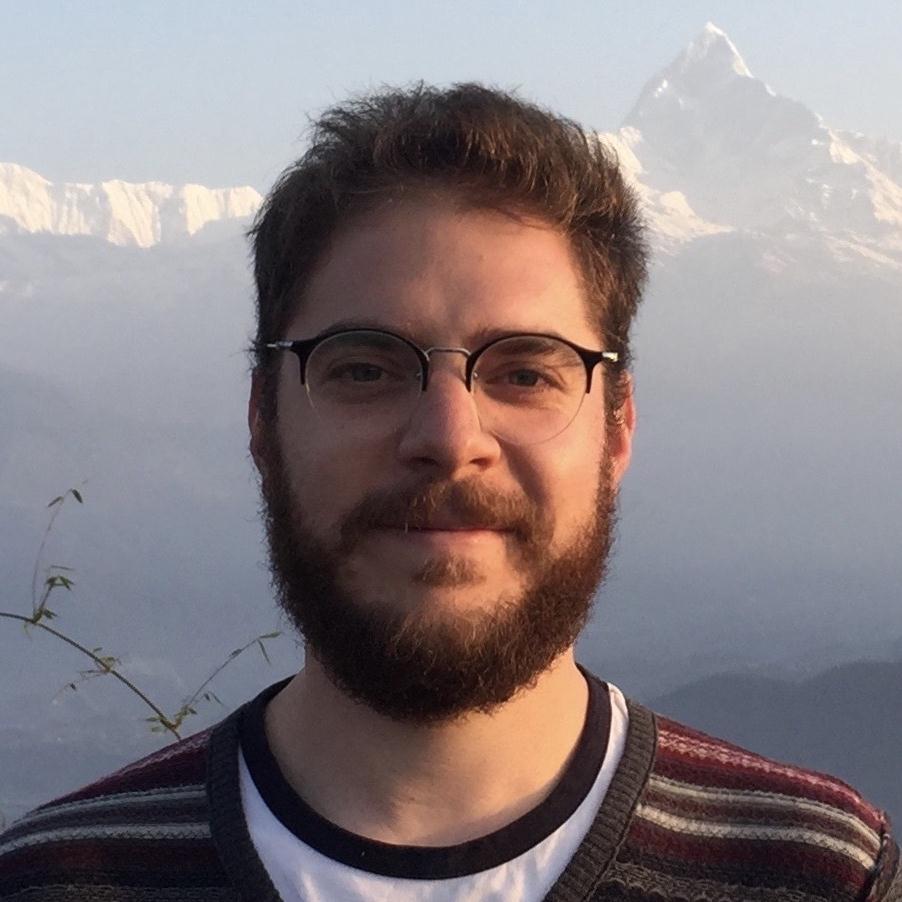 Rafael Luque Ramírez
Rafael Luque Ramírez 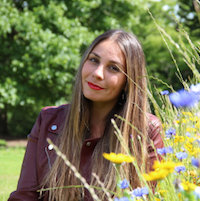 Ana Esteban Gutiérrez
Ana Esteban Gutiérrez 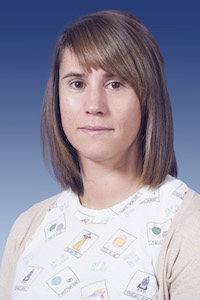
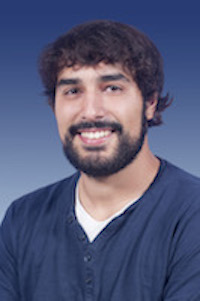

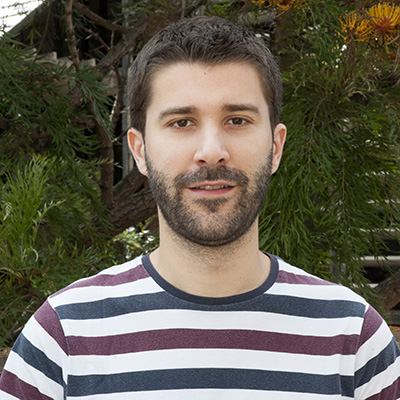
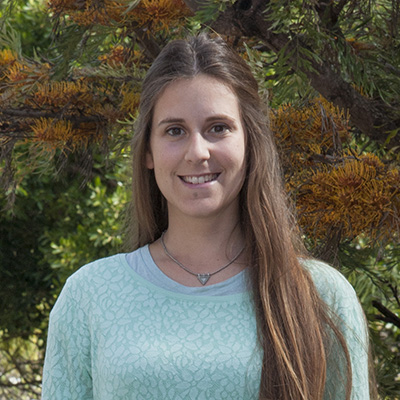
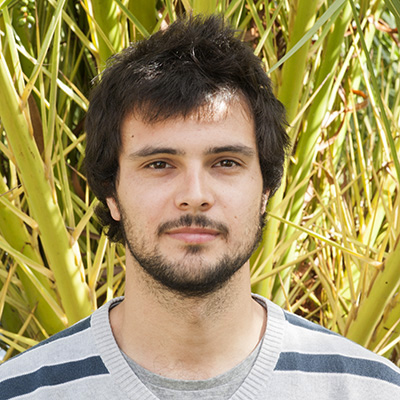
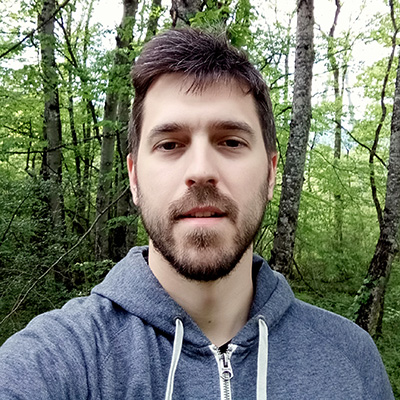
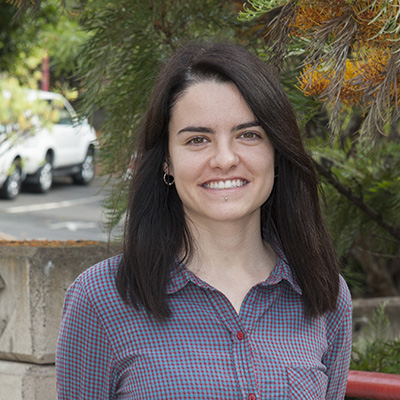 Paula Izquierdo Sánchez
Paula Izquierdo Sánchez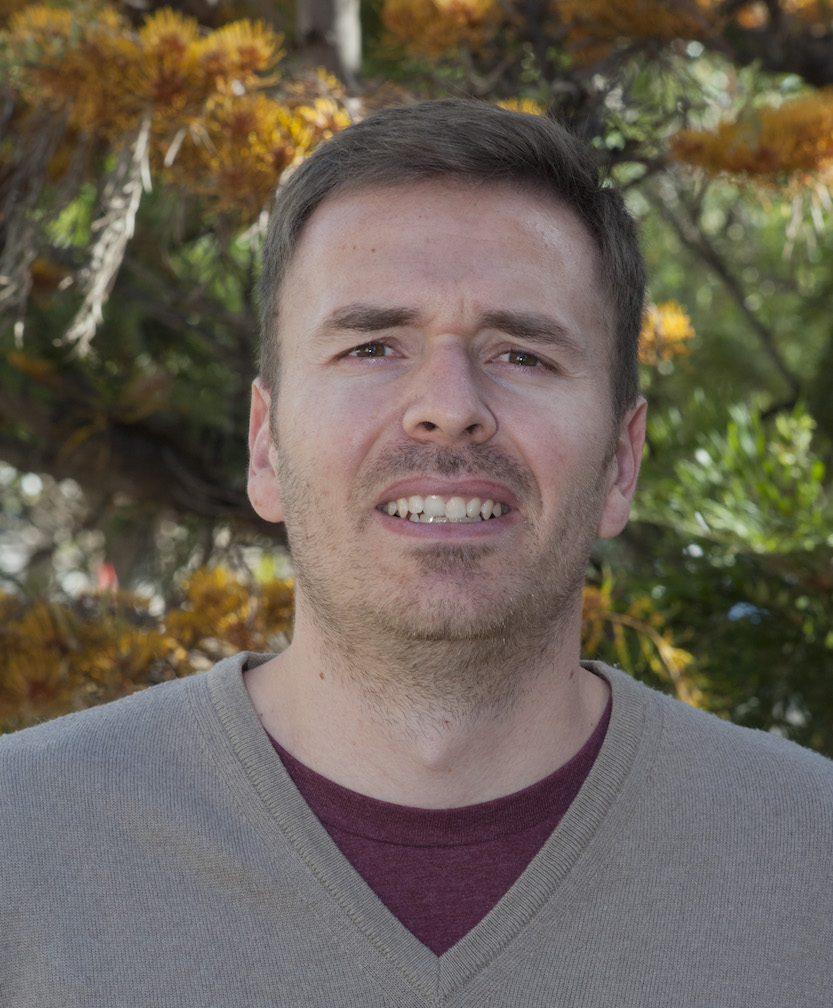 Javier de Miguel Hernández
Javier de Miguel Hernández


